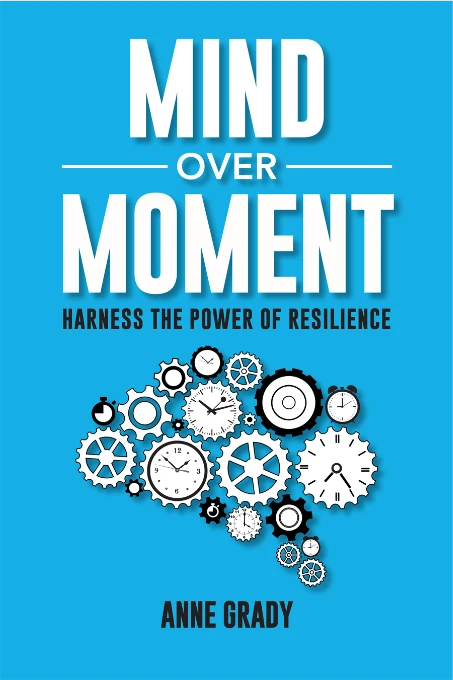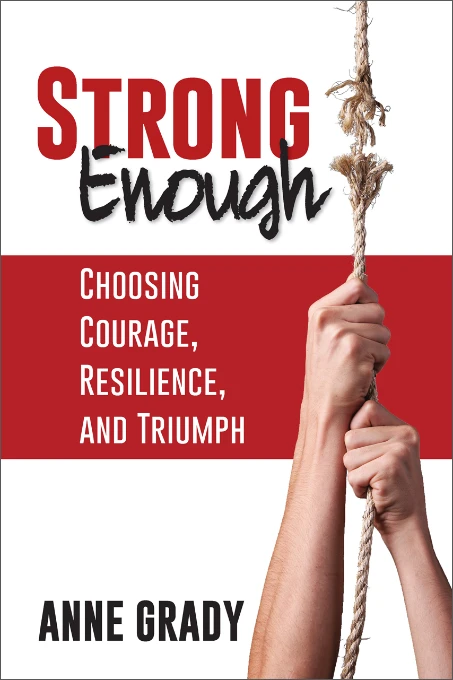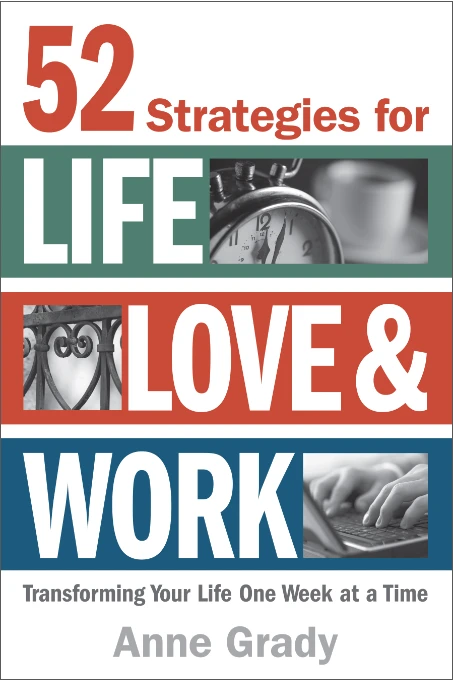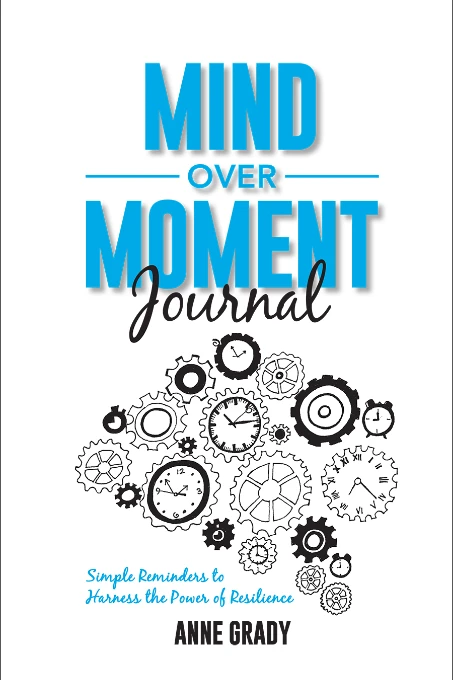Are you guilty of filling in the blanks?
Are you guilty of filling in the blanks?
Are you guilty of filling in the blanks?
Let’s do an experiment. Fill in the blank. “If at first you don’t succeed, ____________”. You may be thinking, “try, try again”, but I was thinking, if at first you don’t succeed, failure may be your thing.
The way you filled in the blank may be an indicator of how inclusive you are.
As adults, we don’t listen to understand, we listen to respond. Our brain likes predictable patterns, and it is always trying to fill in the blanks. When we try to fill in the blanks, we often fill them incorrectly, and it can cause people to not feel heard, valued, or included.
Anytime you are communicating, you bring with your past experiences, both good and bad, with you. We are so inside of our own reality, that it’s easy to forget that our realities can be very different.
Diversity and inclusion go beyond race or sexual orientation. My son Evan has autism, and this invisible difference often makes him feel excluded and different. Transplant someone from New Jersey into South Texas (I’m speaking from experience), and the words “similar” and “included” are not how I would describe my experience. Two people can look and sound identical and still be completely different.
We have to stop filling in the blanks if we want to create real equality and inclusion.
How do you make someone feel included?
Really listen
We speak at approximately 125-150 words per minute, but we are able to listen to and comprehend 400-600 words per minute. That means that while other people are talking, we have lots of time to think about other things. Do you check your phone while you are in conversations? 86% of adults do, and it is the exact opposite of listening.
The moment people see you are trying to understand them, they become less defensive. Rather than spending your time trying to convince someone that you are right, truly listen to understand where the other person is coming from. Listening is not an easy skill. It requires you to stop thinking and doing so that you are able to truly focus on what the other person is saying. You will be far more effective if your intent is to listen to understand, not to be understood.
Be genuinely curious
I’ve yet to meet someone who is offended when I ask a question about their background, culture, or experiences. The beauty of diversity is that we all bring our own gifts, knowledge, and experiences to the table. When we make assumptions or judgements about others without first trying to understand, we are not only filling the blanks in wrong, but we offend people in the process. It is okay to ask questions, paraphrase for understanding, and show genuine curiosity. It is how we learn. Two great ways to start are, “Can you help me understand….” Or “Can you help me understand where you’re coming from…”
Invite others to share their story
The best way to invite others to share their story is the offer to share your own. In the past, the idea of vulnerability was usually associated with weakness. In recent years, the word vulnerability has come to be used in a broader context — as in when you choose to share parts of yourself that you might be tempted to keep hidden. If you choose to show vulnerability with another person, that’s not a sign of weakness. It’s a demonstration of courage and builds connection and trust. This doesn’t mean you should air dirty laundry or show people that rash that keeps spreading, but it is okay to let your guard down. Not only is it okay, it helps you build resilience. When we are vulnerable, we make it safe for others to be the same.
Community and connection are created when we take time to understand and celebrate our differences as well as our similarities. I don’t know anyone that wakes up and says, “I can’t wait to frustrate and disappoint the people I interact with today”. We wake up wanting to be successful, happy, and the best possible version of ourselves. Every human being has a fundamental need for connection and inclusion. That is what connects us.
Stay brave and resilient,
Anne
We can take back control of our energy, but FIRST, we have to be aware that we are running on fumes. Here are five subtle signs to look for before you burn out:
1️⃣ You Feel Snappy, Judgy, or Overly Critical (Even Over Dumb Stuff)
2️⃣ You’re Drowning in Decision Fatigue
3️⃣ You Feel Guilty for Resting (So You Never Fully Do)
4️⃣ You’re Scrolling to Numb, Not Connect
5️⃣ You Keep Thinking: ‘Once I get through this week…’
If even one of these sounded familiar, that’s your sign. You don’t need to wait for burnout to make a change. This is your permission slip to pause, reset, and breathe. 🎥
Have you ever had to schmooze at a networking event? You find yourself in some awkward situation, fumbling around for the right words when you land on “How are you?” or “What do you do?” Two of the most boring, uninspiring, uninteresting questions in the world.
Fortunately, there is a conversation starter that works better, is way more interesting, and makes you more memorable. This question is so powerful that it activates the pleasure center of the brain.
Here’s the question: “Working on anything exciting lately?”
That simple conversation starter makes people light up and feel good. And the best part? When they leave the conversation, they connect you with that good feeling.
If you want more tips, tools, and strategies like this one, sign up for my weekly Resilience Reset newsletter! ⬇️ https://www.annegradygroup.com/strong/
A couple of fun facts about gratitude:
🙏 Just looking for something to be grateful for drops cortisol by 23%.
🙏 A gratitude practice trains your brain to search for and find more good stuff.
🙏 Gratitude improves mood, memory, focus, immune function, and heart health.
What will you look for this week? #mindfulmonday
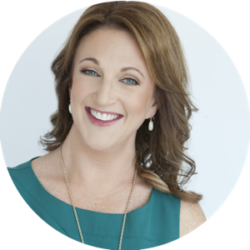
Anne Grady is a Speaker, Author, and #TruthBomb Dropper.
Anne shares practical strategies that can be applied both personally and professionally to improve relationships, navigate change, and triumph over adversity. And she’ll make you laugh while she does it. Anne is a two time TEDx speaker, and her work has been featured in numerous media outlets, including Harvard Business Review, Entrepreneur, Forbes, Fast Company and Inc. magazines, CNN, ESPN, and FOX Business. She is the best selling author of 3 books. Her newest, Mind Over Moment: Harness the Power of Resilience, is available on Amazon now.



